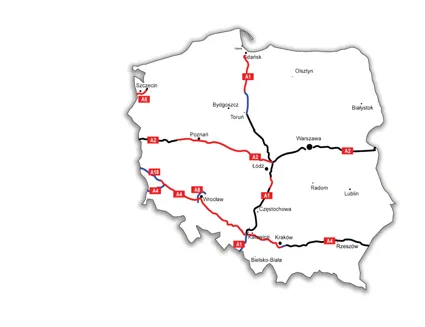South Korean capital Seoul is introducing special parking places intended specifically for use by female drivers only. These parking spaces are slightly wider and longer than conventional parking spaces and are also better lit. The spaces are being placed near to elevators, are painted pink and are also highlighted by an emblem resembling a female. According to new rules, buildings have to allocate 20% of parking spaces for use by females while roadside parking areas must designate 10%. The number of parkin
July 6, 2012
Read time: 1 min
South Korean capital Seoul is introducing special parking places intended specifically for use by female drivers only. These parking spaces are slightly wider and longer than conventional parking spaces and are also better lit. The spaces are being placed near to elevators, are painted pink and are also highlighted by an emblem resembling a female. According to new rules, buildings have to allocate 20% of parking spaces for use by females while roadside parking areas must designate 10%. The number of parking spaces for use by women is expected to rise from 2,000-7,500 in 2009 as part of the plan. In the future some 31% of parking spaces in the city will be for use by women drivers.








